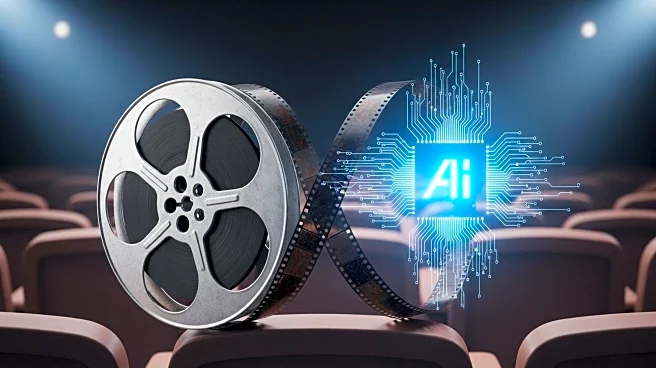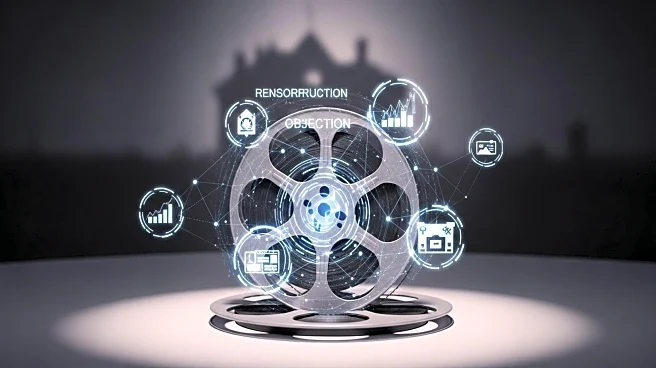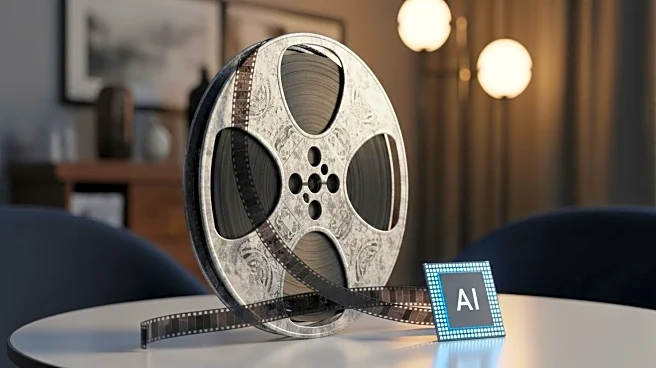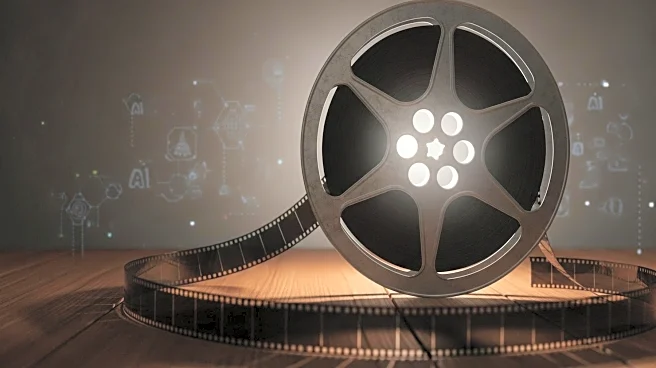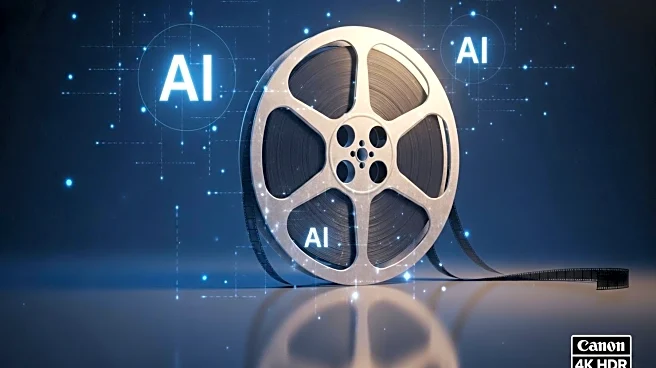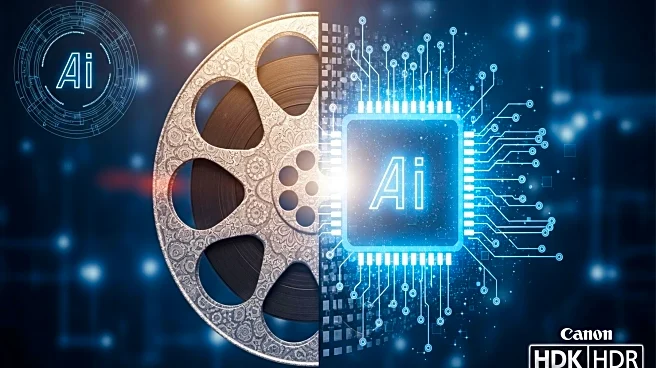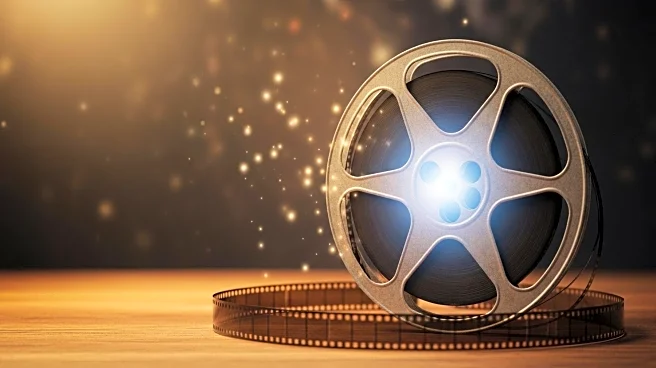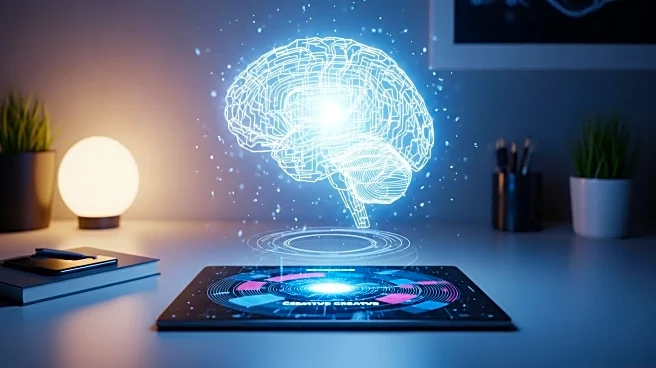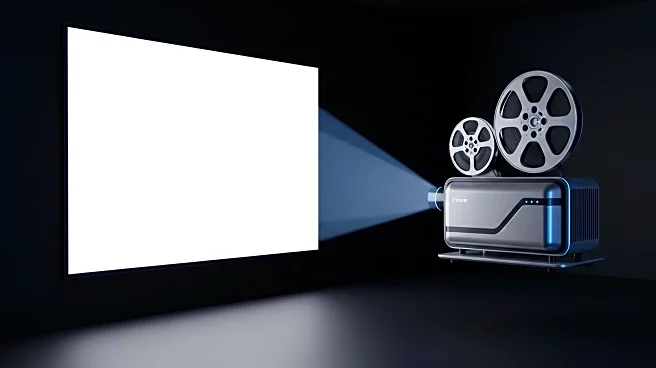What's Happening?
AI startup Fable Studio has announced plans to reconstruct the missing 43 minutes of Orson Welles' 1942 film, 'The Magnificent Ambersons', using advanced AI technology. This project is being undertaken by Showrunner, an AI platform operated by Fable, with backing from Amazon. The original footage was removed and destroyed by Hollywood studio RKO, and the initiative aims to recreate this lost content. However, the Orson Welles estate, represented by David Reeder, has expressed objections, citing concerns over the use of AI in this context and the lack of prior consultation. Despite these objections, Fable is proceeding with the project, which combines AI and traditional film techniques. The goal is not commercial but rather to bring the film's original form to life after decades of speculation.
Why It's Important?
The project highlights the growing role of AI in the film industry, particularly in reconstructing and preserving historical works. This initiative could set a precedent for how AI technology is used in creative and cultural restoration projects. While it offers a chance to experience a piece of cinematic history, it also raises ethical questions about the use of AI in art and the rights of original creators and their estates. The outcome of this project could influence future collaborations between technology firms and the entertainment industry, potentially leading to new methods of film restoration and content creation.
What's Next?
As Fable Studio moves forward with the reconstruction, it is likely that the Orson Welles estate will continue to voice its concerns, possibly seeking legal avenues to challenge the project. The film industry and AI ethics communities will be watching closely to see how this situation unfolds, as it may impact future projects involving AI and historical content. Additionally, the reception of the reconstructed footage by audiences and critics will be crucial in determining the project's success and its implications for similar endeavors.
Beyond the Headlines
This project underscores the tension between technological innovation and artistic integrity. The use of AI to recreate lost art raises questions about authenticity and the preservation of an artist's original vision. It also highlights the potential for AI to contribute to cultural heritage preservation, offering new ways to engage with historical works. However, it necessitates a careful balance between technological possibilities and respect for the original creators' intentions and rights.
